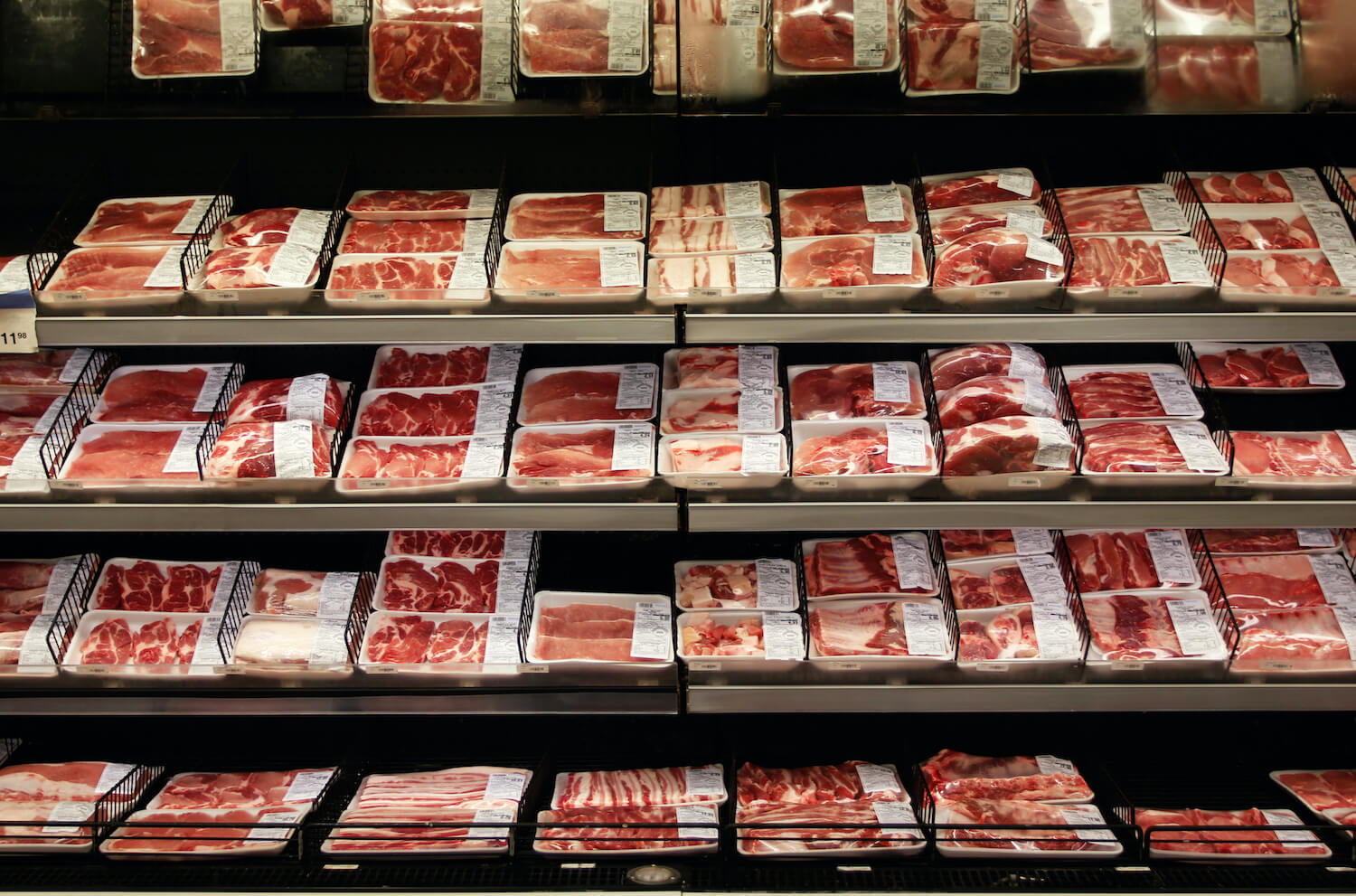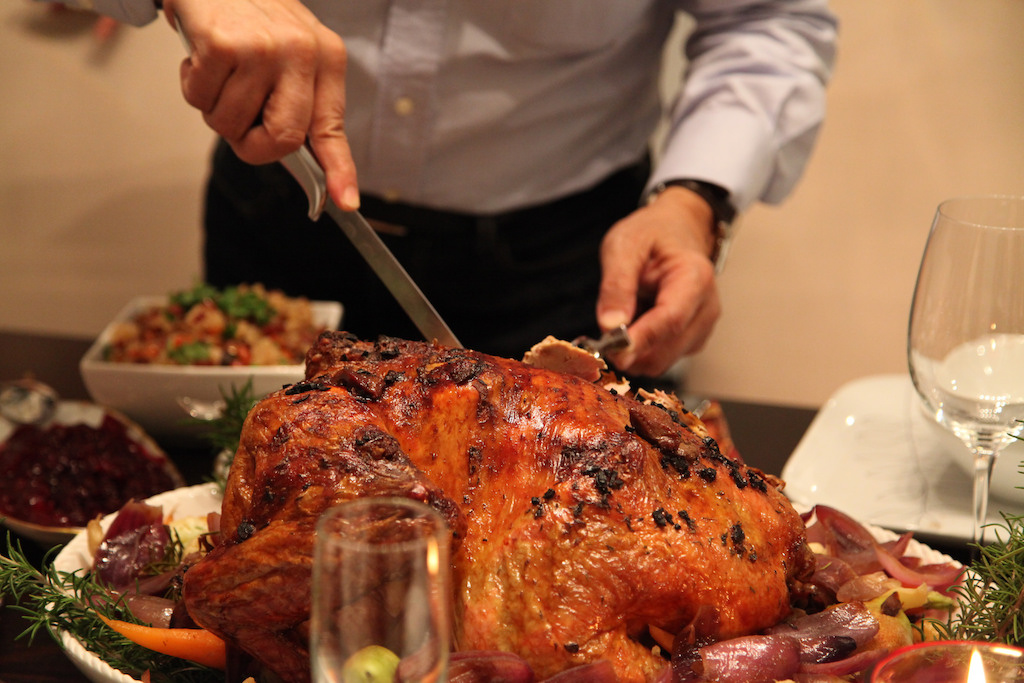Why fears about rising inflation may be overblown
Stories about the rising cost of groceries and household goods have been all over the news of late, from tales of how the rising cost of milk impacts families to warnings of how expensive Thanksgiving meals will be. But journalists may be creating more fear than the situation really demands, writes Mother Jones. To begin with, groceries typically make up a much smaller portion of the average household budget than, say, housing or transportation. Even the family that buys 12 gallons of milk a week is probably less affected by higher prices at the grocery store than they would be by a 10 percent increase in housing costs. Other examples in the media, like shelling out $90 for a bottle of wine, likely aren’t reflective of what the average American actually buys. (It’s worth pointing out that the $90 bottle of wine anecdote in a recent MarketWatch story has since been retracted.) Gas prices are indeed high right now, but a number of factors causing that phenomenon have little to do with runaway inflation. Finally, federal efforts to mitigate inflation can backfire. Aggressive intervention in the 1970s did curtail rising costs, but also contributed to one of the worst recessions since the Great Depression. —Jessica Terrell


